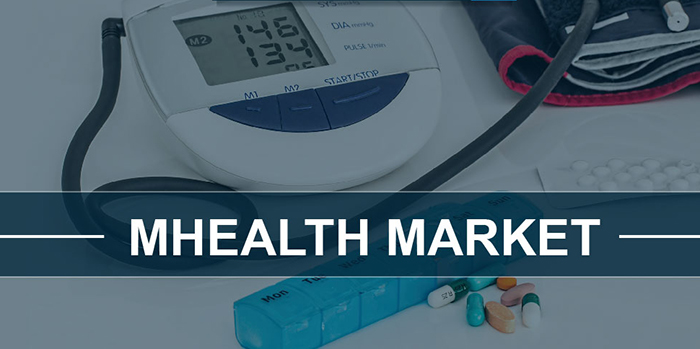
The mHealth industry is rapidly disrupting traditional healthcare delivery by leveraging the power of mobile communication technologies and wearable devices.

The mHealth industry is rapidly disrupting traditional healthcare delivery by leveraging the power of mobile communication technologies and wearable devices.

Growing pressure on the manufacturing industry from rising prices, new regulations and supply chain uncertainty have accelerated medtech’s digital transformation. COVID-19, in particular, has encouraged medical manufacturers to adopt more resilient and agile working practices. New technology can enable process changes and business strategies that help medical manufacturers become more flexible and responsive to changing…

Investment in new health-related technologies has been greatly accelerated by the pandemic.

If teams across regulatory, quality and safety functions—as well as further across the life sciences enterprise—are to be able to think and operate in more agile and dynamic ways to achieve what is necessary, then the way that they generate, manage and store documents and data needs to change fundamentally. Regulatory changes (e.g., towards data-driven submissions activity, more dynamic item/label tracking, etc.) are prompting some of this change, but cannot be relied upon exclusively to drive the process improvements now needed.

As the country emerges from the COVID-19 pandemic, it’s time to evaluate and assess lessons learned and find any possible silver linings derived from the crisis. This includes telehealth and the use of remote technology.

EMA’s IDMP is not the pinnacle of data-based product/regulatory information management. It is simply the first in what will be a long line of digital requirements to emerge globally, across all facets of life sciences. This article reviews best practices for companies looking to maximize the ROI of their data-driven process transformation initiatives by making them more broadly fit for the future.

This pioneering area of technology comes with new risks and questions of liability.

Digitally connected healthcare is here to stay, and this moment is an opportunity to capitalize on the expanding potential of technologies that are already helping deliver better patient experiences and outcomes.

Today’s health monitoring and management systems rely on wires and batteries, and often are not continuously connected to an alert and communication system for patients and doctors. Wireless power will empower medical device manufacturers to develop sophisticated, smart IoT systems that will improve patient care and patient lives.

It’s important to draw on experience from other sectors.